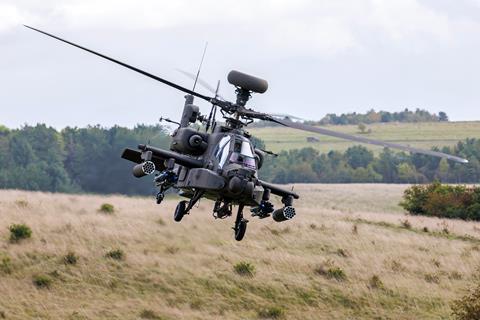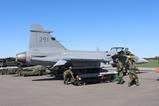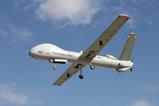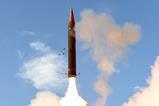The British Army will in late March conduct its final flights with the legacy Apache AH1 attack helicopter, while also declaring a formal transfer of readiness to Boeing’s new-generation AH-64E.
In May 2023, the Army Air Corps (AAC) declared initial operational capability with the AH-64E. This milestone marked the completion of training activities for lead unit 662 Sqn for performing basic land operations.

The service has now fielded 38 of its 50 on-order AH-64E V6-standard helicopters, which are being prepared in the USA as rebuilds, “harvesting” parts from its earlier AH1-standard airframes. The remaining 12 examples will be transferred to the UK before the end of this year, says Colonel David Amlot, the AAC’s assistant head delivery.
The last AH1-equipped unit – 656 Sqn – is currently operating its aircraft on exercise in Norway, and will stand down at the end of March after performing a series of farewell flights around the UK.
The UK originally acquired 67 Apaches, with final assembly work having been performed by the then Westland at its Yeovil site in Somerset. Of its remaining unmodified assets, eight will be transferred to an engineering school at Lyneham, Wiltshire, and others will be used to support maintainer training.
Additionally, two surplus airframes have been sold to Australia to support ground-based training activities ahead of its army’s introduction of the AH-64E.
Speaking to FlightGlobal at Defence IQ’s International Military Helicopter conference in London on 28 February, Amlot said remaining clearances for the new model’s UK-specific defensive aids subsystem and Lockheed Martin AGM-114 Hellfire air-to-surface missiles are due in September.
So far, the AAC’s 662 and 663 squadrons are fully trained on the E-model, with its 664 and 656 squadrons to reach the same standard before the end of 2025. A full operational capability declaration for the fleet is scheduled for January 2026.
Unlike the Apache AH1, which featured a significant number of UK-unique modifications, the AAC’s AH-64Es are virtually identical to the standard operated by the US Army, and have been acquired via Washington’s Foreign Military Sales mechanism.
The E-model Apache’s main armaments also will include the Lockheed Joint Air-to-Ground Missile, 70mm rockets and a 30mm cannon.
Meanwhile, Amlot confirms that the AAC has identified a potential requirement to acquire a long-range precision missile to extend the stand-off range of its Apaches, but says no timeline has yet been set for a competition.































